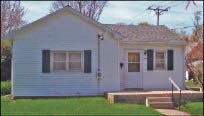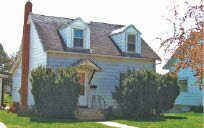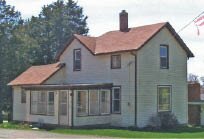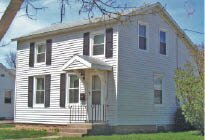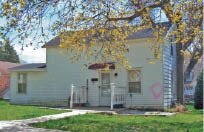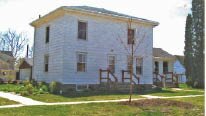
Discover rewarding casino experiences. 
|
The old clapboard building that once stood where the downtown plaza is today was brought from Georgetown and long served in the commercial district, perhaps first as Allemong’s Drug Store and a variety of other businesses such as selling pianos, millinery and plumbing fixtures. A four foot long wooden water main was discovered in the “backyard” where lawn and garden were fixtures for those who had apartments upstairs. The building was between present day Attorney Mitchell’s office and the “Truman” building, a one-time hardware, now Sue Appel’s antiques repository.
|



